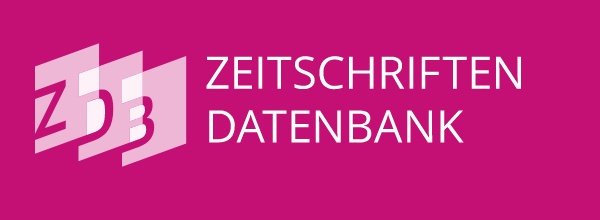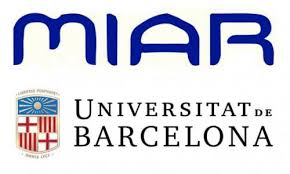Control of reinforcement concrete in pile caps over steel piles – Case study
DOI:
https://doi.org/10.21041/ra.v10i3.467Keywords:
structural reinforcement, pile caps, concreteAbstract
This paper presents a case study about the challenges and good building practices involved in the execution of structural reinforced concrete pile caps over steel piles. The structural reinforcements were carried out in a project with 3 residential towers of approximately 30 floors each, located on the seafront. As a result, it was observed that mix design to define the type and characteristics of concrete, prototype event, particularities of the construction site, executive procedures employed, as well as the systematic monitoring and control of concreting events and other constructive stages were determining factors to promote the safety and quality of reinforcement services in accordance with the assumptions and design requirements.
Downloads
References
Associação Brasileira de Normas Técnicas. (2010). NBR 6122: Projeto e execução de fundações. Rio de Janeiro.
Associação Brasileira de Normas Técnicas. (2015). NBR 5738: Procedimento para moldagem e cura de corpos de prova. Rio de Janeiro.
Associação Brasileira de Normas Técnicas. (2017). NBR 15823-1: Concreto autoadensável. Parte 1: Classificação, controle e recebimento no estado fresco. Rio de Janeiro.
Associação Brasileira de Normas Técnicas. (2017). NBR 15823-2: Concreto autoadensável. Parte 2: Determinação do espalhamento, do tempo de escoamento e do índice de estabilidade visual – Método do cone de Abrams. Rio de Janeiro.
Associação Brasileira de Normas Técnicas. (2017). NBR 15823-3: Concreto autoadensável. Parte 3: Determinação da habilidade passante – Método do anel J. Rio de Janeiro.
Associação Brasileira de Normas Técnicas. (2017). NBR 15823-4: Concreto autoadensável. Parte 4: Determinação da habilidade passante – Método da caixa L e da caixa U. Rio de Janeiro.
Helene, P., Terzian, P. (1993), “Manual de dosagem e controle do concreto”. PINI/SENAI, São Paulo, Brasil, p. 349.
Tutikian, B., Helene, P. (2011), “Dosagem dos Concretos de Cimento Portland” In. Geraldo C. Isaia (Org.). Concreto: Ciência e Tecnologia. 1 ed. São Paulo: Ibracon, 2011, v. 1, p. 415-451.
Downloads
Published
How to Cite
Issue
Section
License
_______________________________
License in effect from September 2020
You are free to:
- Share — copy and redistribute the material in any medium or format for any purpose, even commercially.
- Adapt — remix, transform, and build upon the material for any purpose, even commercially.
- The licensor cannot revoke these freedoms as long as you follow the license terms.
Under the following terms:
- Attribution — You must give appropriate credit , provide a link to the license, and indicate if changes were made . You may do so in any reasonable manner, but not in any way that suggests the licensor endorses you or your use.
- No additional restrictions — You may not apply legal terms or technological measures that legally restrict others from doing anything the license permits.
Notices:
You do not have to comply with the license for elements of the material in the public domain or where your use is permitted by an applicable exception or limitation .
No warranties are given. The license may not give you all of the permissions necessary for your intended use. For example, other rights such as publicity, privacy, or moral rights may limit how you use the material.

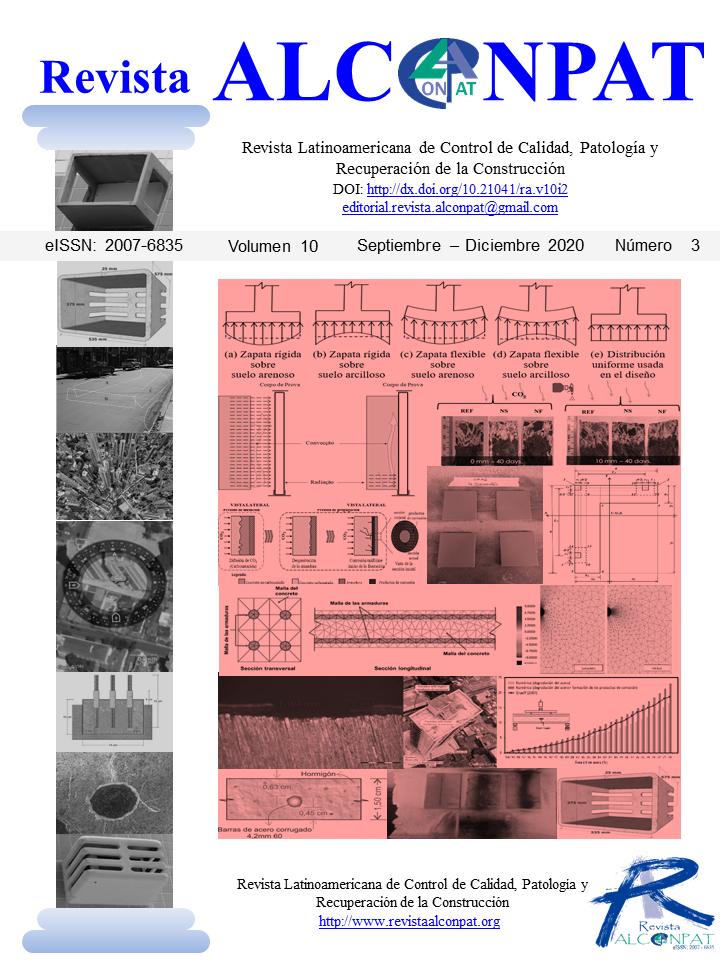













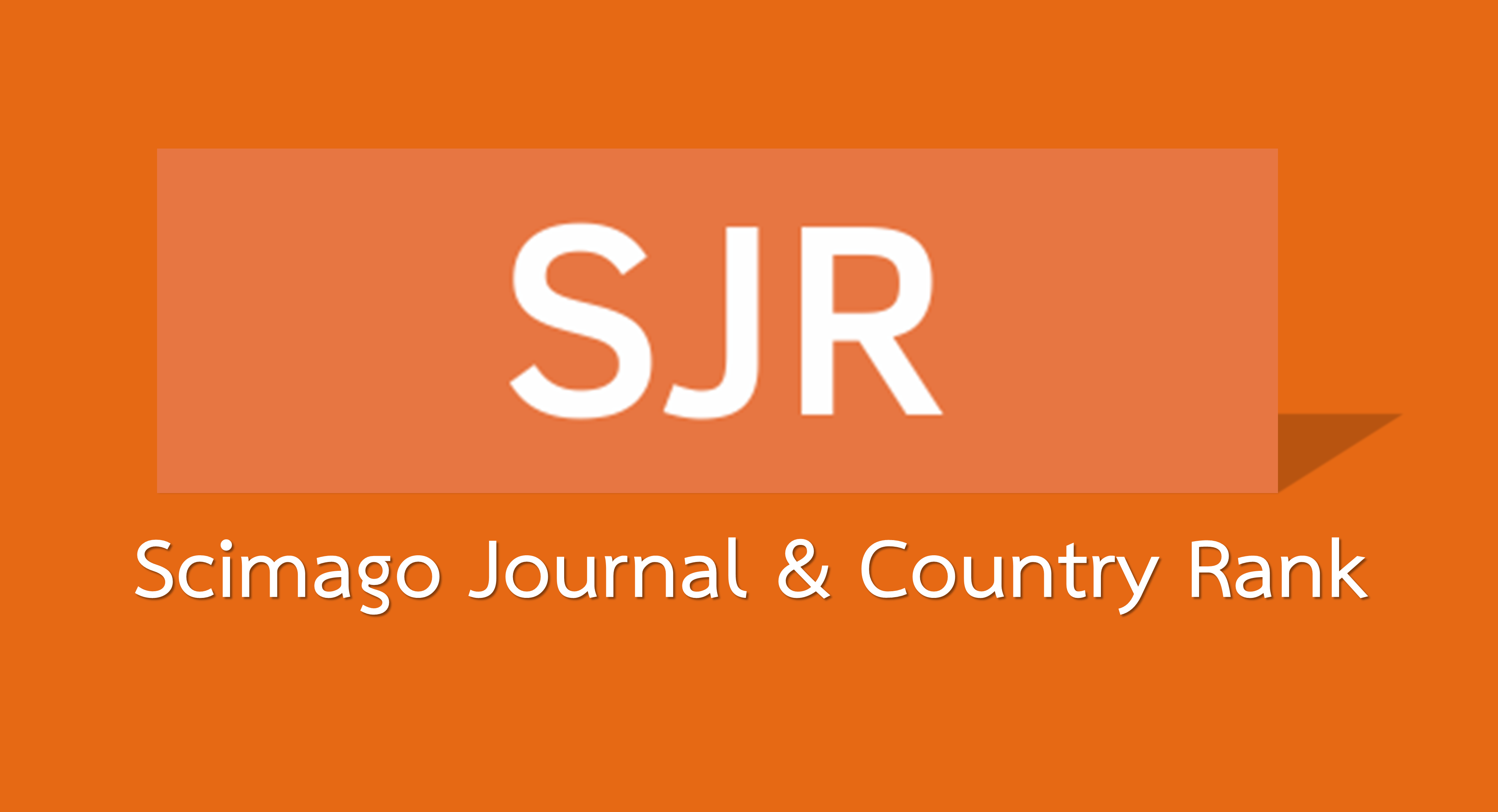




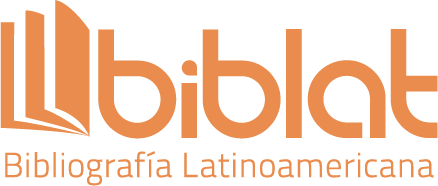
.png)







